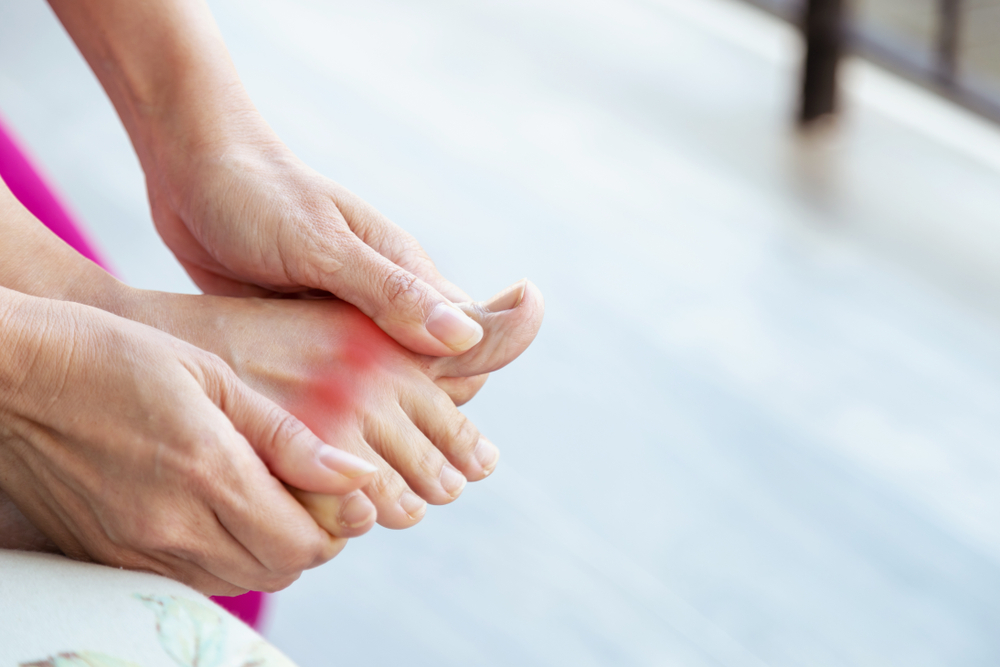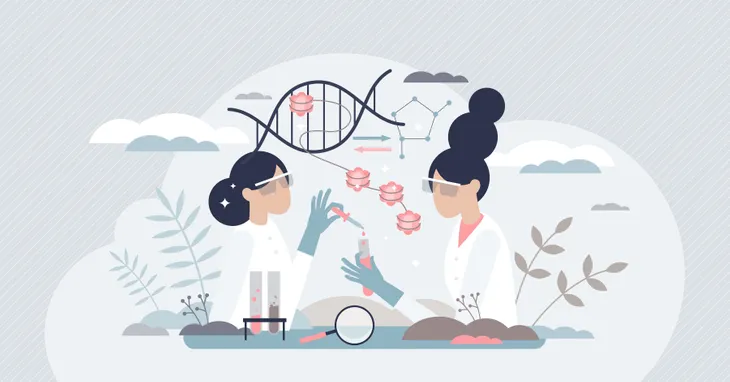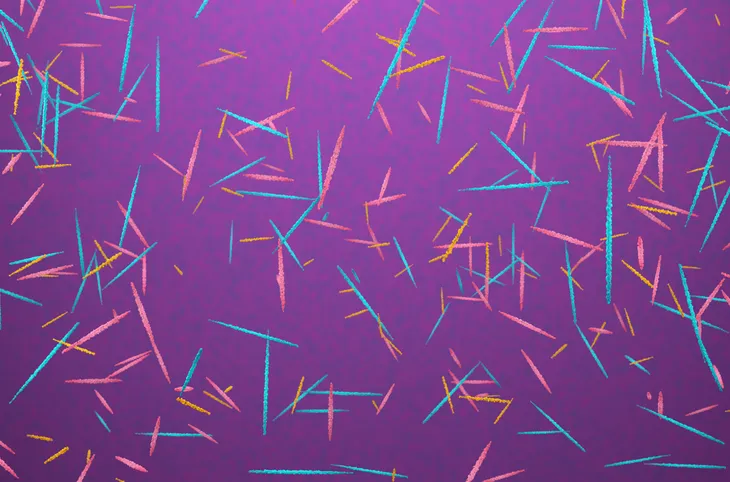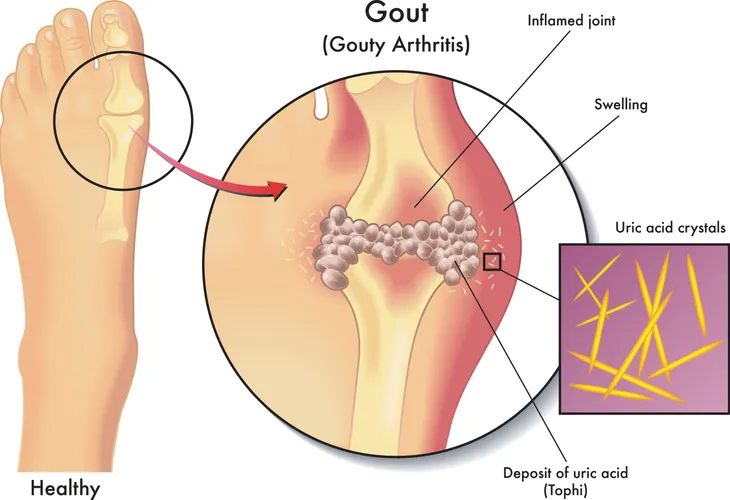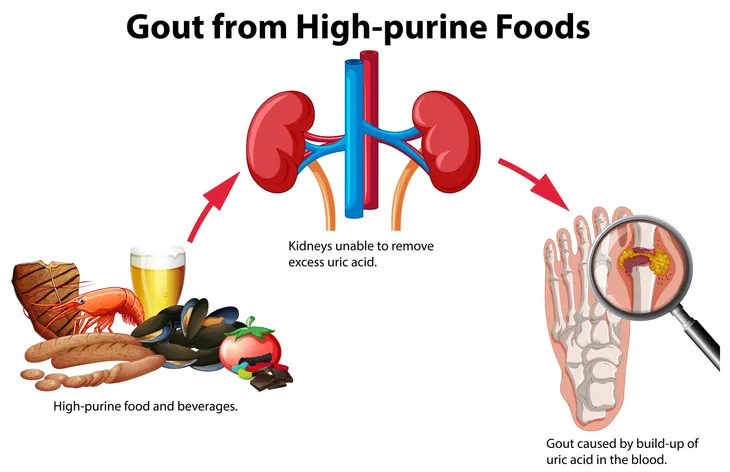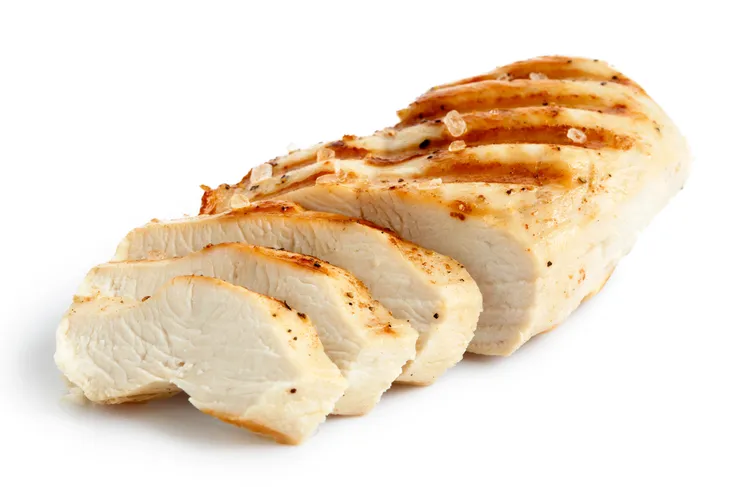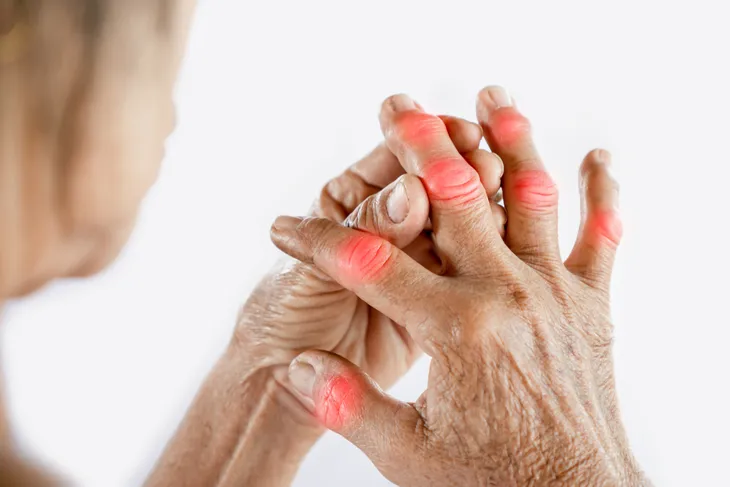When we hear the word “crystals,” we immediately think of fashion, glamor, and beauty. People’s fascination with crystals and other gemstones dates back thousands of years. Other crystals, on the other hand (pun intended), have a much darker side to them. That is certainly true of gout crystals, which are thought to be the primary cause of gout flare-ups.
Since gout crystals play such a big role in gout flare-ups, it’s worth learning more about these not-so-glamorous formations. Here’s what you need to know.
The Discovery of Gout Crystals
For centuries, the cause of gout was thought to be an excess of food and wine that only the wealthy and powerful could afford. As a result, gout was dubbed the “King’s Disease.” However, with advancements in medical studies, it has become obvious that gout can affect anyone regardless of your royal status. Studies also show the risk factors may differ from one person to the next.
One of the pioneers of microscopy, Antoni van Leeuwenhoek (1632–1723), was the first to describe the appearance of crystals from a gouty tophus. At the time, their chemical makeup was pretty much unknown. Nevertheless, their crystalline, needle-like forms made it evident that they played a significant part in gout attacks.
What Exactly Are Gout Crystals?
Gout is a painful ailment that can lead to renal difficulties and joint damage. Gout develops when excess uric acid (a normal waste product) crystallizes in the body and deposits in the tissues and joints. Gout crystals are believed to be the primary cause of gout flare-ups.
Now you might be wondering, how does this occur in the first place? When you eat purine-rich meals, your body produces uric acid. But when you have too much uric acid it crystallizes, forming gout crystals.
Keep in mind, purines are essential building components for the production of DNA and RNA in your body. They’re mostly found in meat and meat items that you eat. Uric acid is formed when purines are broken down.
Where Are Gout Crystals Found?
Increased uric acid levels in the blood can cause deposits of these monosodium urate (MSU) crystals in and around the joints over time. MSU crystals are needle-shaped both within and outside the cell.
And if that isn’t entertaining enough, consider what happens when you move your joints. These needle-like crystals can begin to chip off and crush against one another, causing pain and inflammation.
Folks, this is straight out of a horror film. Except that this is exactly what gout sufferers face in real life.
Furthermore, gout crystals can attract white blood cells, resulting in severe gout attacks. White blood cells are naturally produced in the body to fight infections. Infections, however, can also cause inflammation, which in turn triggers a violent immune response. As a result, white blood cells are produced in greater numbers to combat the “infection” caused by gout crystals.
What Foods Are Purines Found In?
Uric acid levels can be raised by purine molecules, which can be created in the body or consumed through high-purine meals. Excess uric acid can form uric acid crystals, which can pile up in soft tissues and joints, producing gout symptoms.
Dietary management focuses on lowering uric acid levels in the body and achieving and maintaining a healthy weight. A low-purine diet has long been advised as the key dietary change. Although it is impossible to totally avoid purines, try to keep them to a minimum. Let’s take a look at some of the most purine-rich foods to avoid!
Foods That Are High in Purines
Alcoholic beverages are high in purine. Yes, all of them! Anchovies, sardines, herring, mussels, codfish, scallops, trout, and haddock have the highest purine levels among the fish, seafood, and shellfish available.
Some meats, such as bacon, turkey, veal, and venison, as well as organ meats such as liver are also high in purines.
Foods With Moderate Purine Levels
Luckily not all seafood and meat have high levels of purines. Some have moderate levels and can be enjoyed in moderation. Some examples of meat with moderate purine levels include beef, chicken, duck, pork, and ham. If you’re craving seafood, crab, lobster, oysters, and shrimp are examples of shellfish with moderate purine levels.
What Is a Gout Attack Really Like?
Gout sufferers experience intense pain and swelling in their affected joints as a result of this reaction. To make matters worse (because gout is terrible like that), a gout attack can occur suddenly and without warning.
Flare-ups frequently cause you to wake up in the middle of the night with the sensation that your big toe is on fire. The affected joint is hot, swollen, and so tender that even the weight of the bedsheet may seem unbearable.
The Long Term-Effects of Gout
The long term-effects of gout can lead to severe complications including:
- Recurrent gout: Gout flare-ups might happen multiple times a year for certain people. If left untreated, it can cause permanent joint erosion and destruction.
- Advanced stages of gout: Untreated gout can lead to the formation of urate crystal deposits under the skin, which is known as tophi (TOE-fie). Tophi are normally painless, although they can swell and become sensitive during gout bouts. They can also result in unattractive deformations.
- Kidney stones: People with gout may develop kidney stones as a result of uric acid crystals forming in their urinary tracts. Kidney stones can be prevented by taking certain medications.
Treatment Options for Gout Crystals
The inflammation and agony caused by gout crystals must be treated initially. Gout crystal pain can be relieved in a variety of ways, including using nonsteroidal anti-inflammatory drugs (NSAIDs). Prescription medications such as Tivorbex or Celebrex, as well as over-the-counter medications such as Aleve or Advil, may fall into this category.
Corticosteroids may also be an effective treatment option. These drugs can help to reduce inflammation. You can take them orally or by injection.
Colchicine is another treatment option. This medication is used to treat the pain and inflammation induced by gout crystals.
Other Treatment Options
Additional treatments will target the dissolution of crystals and the prevention of future crystal formation by lowering uric acid levels in the body. This will allow your body to more effectively process uric acid in your bloodstream and break down gout crystals.
Your doctor may also suggest dietary and lifestyle modifications to help lower uric acid levels. They might urge you to eat a healthier diet, do low-impact activities, and stay away from alcohol.
